8 Difference Between Lithium Ions and Lithium Iron Batteries
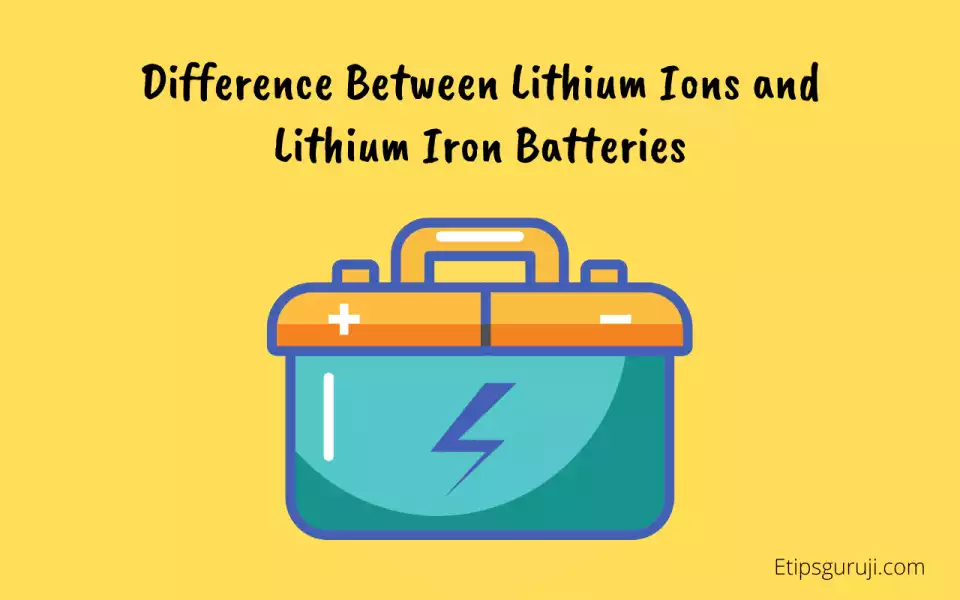
Table on 8 Major Differences between Lithium Ions and Lithium Iron Batteries
| Features to Compare | Lithium-Ion Battery | Lithium Iron Battery |
|---|---|---|
| Composition | Cathodes of LiMn2O4 or LiCoO2 with graphite anode | Lithium Iron Phosphate as cathode |
| Stability | Quite Stable and lightweight | More stable than li-ion but heavier and bulkier |
| Lifecycle | 400 to 1,200 cycles | Up to 2000 cycles |
| Toxicity | Toxic mainly because of lead | Non-toxic and risk-free |
| Energy Density | Higher density and performance | Low charge density |
| Shelf-life | About 350 days | About 300 days |
| Market Share | Most of the devices are powered by li-ion batteries. | Majorly in vehicles, military, and medical devices |
| Safety Concern | Lead and high combusting power | Stable to fire and damage |
1. Chemical Difference Between Lithium-Ion and Lithium Iron
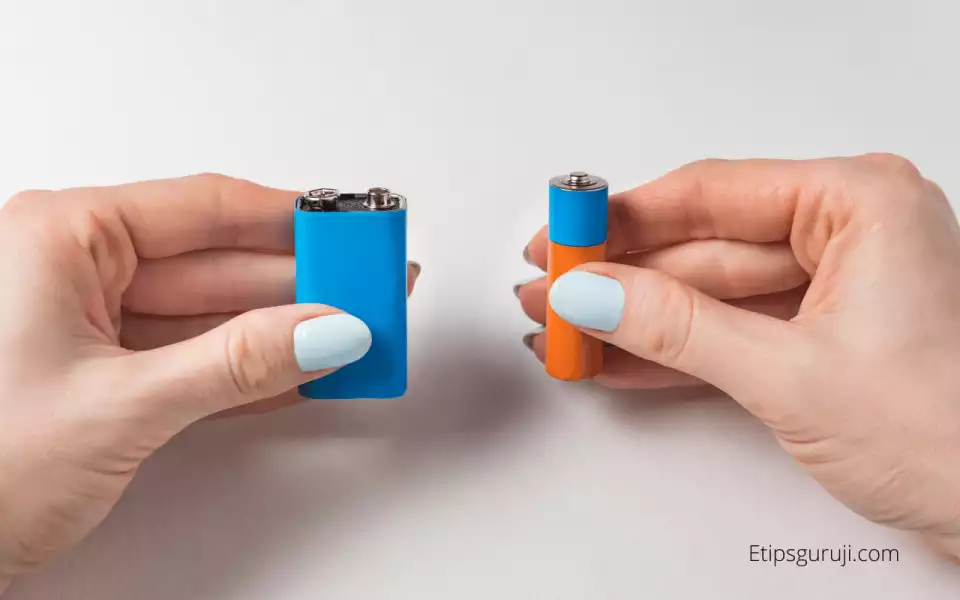
Lithium-Ion batteries are composed of cathodes of lithium manganese oxide (LiMn2O4) or lithium cobalt dioxide (LiCoO2) along with graphite anodes.
Whereas, the battery is made up of cathodes of lithium iron phosphate (LiFePO4) and a graphite anode. It has a voltage range of 3.20V or 3.30V.
2. Stability in Concern: Which is More Stable?
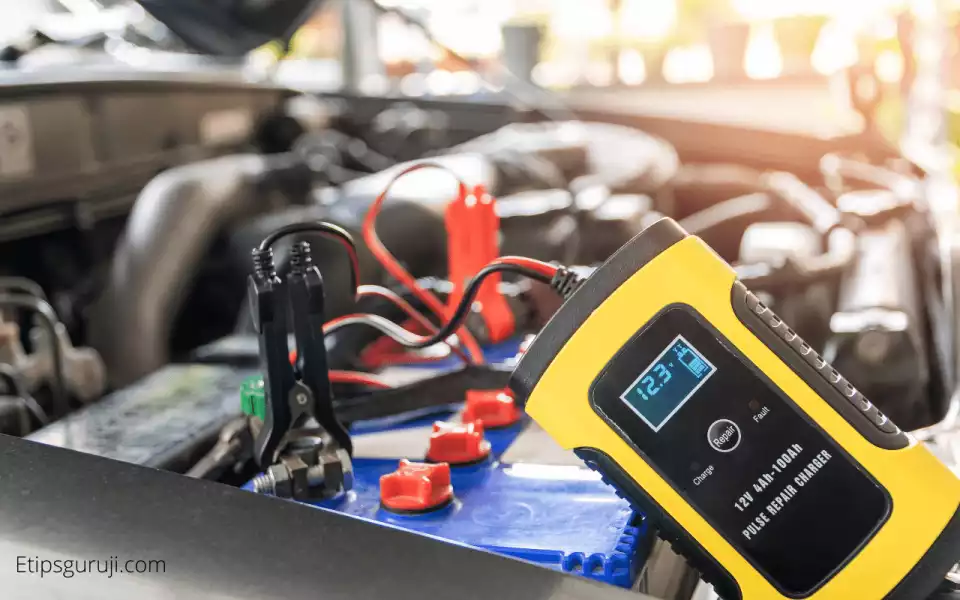
Lithium-ion batteries are made using conventional technology and are portable in nature. These are more combustible as compared to lithium-ion batteries but have a higher performance and efficiency.
Lithium Iron batteries are relatively new technology and use non-combustible chemicals that resist fire and any thermal decomposition. This means that mishandled or damaged lithium-iron batteries won’t burst into flames.
3. Which has More Lifecycles: Lithium Ion or Lithium-Iron
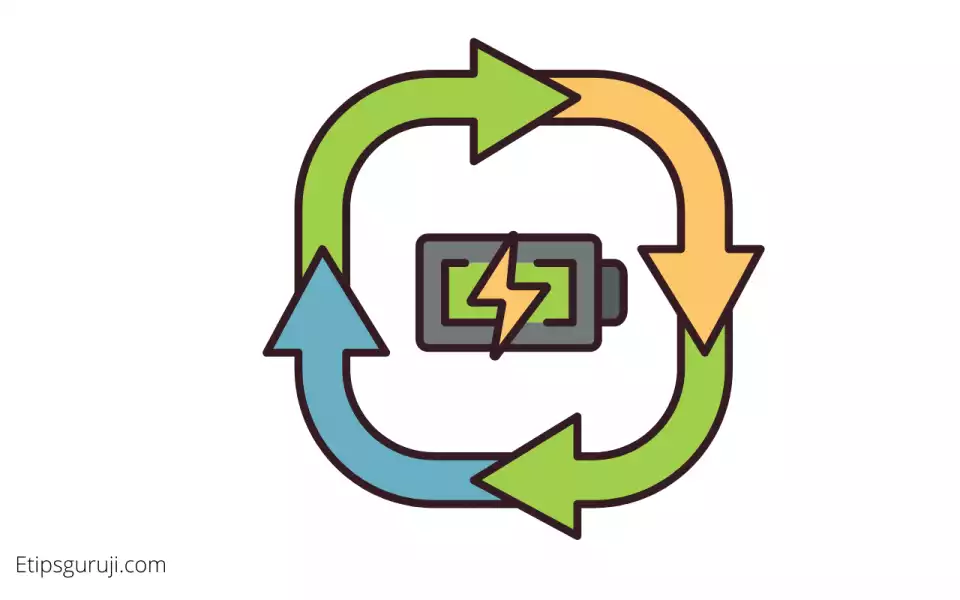
Lithium-Ion batteries of 1,000 to 10,000 hours of life spam which can easily be fed you about 5 to 10 years on regular usage. In terms of life expectancy, you should expect a decent 400 to 1200 discharge cycles.
On average, the discharge cycle of lithium iron batteries is quite high compared to regular lithium-ion batteries. The discharge cycle can mark up to 2000.
In managing the disposal or recycling of such batteries, considering an innovative and versatile modular recycling and waste container system becomes essential. Learn more about these sustainable solutions at Busch Systems.
4. Who is More Toxic: Lithium Ion or Lithium-Iron?

On the basis of toxicity, lithium-ion batteries contain toxic and hazardous chemicals such as lithium cobalt oxides (LiCoO2). Plus, disposability and waste management will always be a concern for li-ion batteries.
Conversely, lithium iron batteries (LiFePO4) are made up of nontoxic material. The disposal of these batteries is easy and not a reason for concern for manufacturers.
5. Which Has Higher Energy Density?
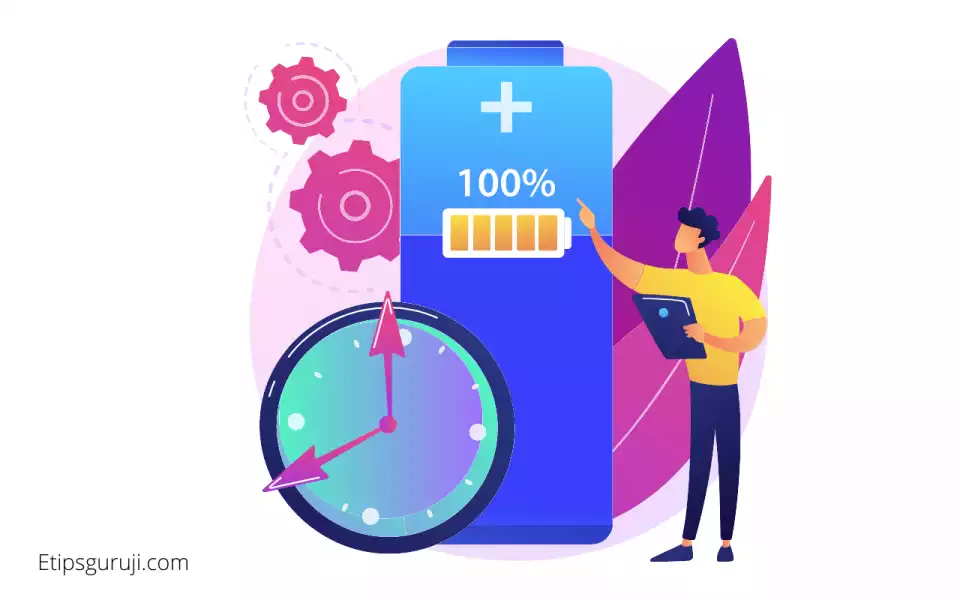
Lithium-ion batteries have a higher charge density than most battery types even better than lithium iron. Charging a li-ion battery is less time-consuming than iron ones.
Most of the market share is occupied by li-ions but some application such as medical devices uses more stable battery equipment that can be achieved with lithium-iron batteries.
6. Who Life Longer Without in Use: Lithium Ion or Iron?

Shelf life means how long the battery can hold a charge if it is not in use. Both batteries have nearly the same shelf life but lithium-ion has an edge over iron ones.
The lithium-ion battery has an average of nearly a year (specifically 350-days) of battery life. While lithium-iron batteries have a shelf life of 300 days.
7. Who Has More Market Shares?

Extremely versatile. Every device you use, every device you have, or the device that you reading this article. You will find them everywhere. They are all over the market and power almost 95% of electrical devices. This is major because of the ease of their portability and ability to manufacture in different shapes and sizes.
On the other hand, lithium iron batteries are heavier, bulkier, and hard to transport. If they are added to the portable devices, they unnecessarily make them heavier. However, the cost of producing them is usually low as compared to lithium-ions.
8. Which is More Safer: Lithium Iron or Lithium-Ion?
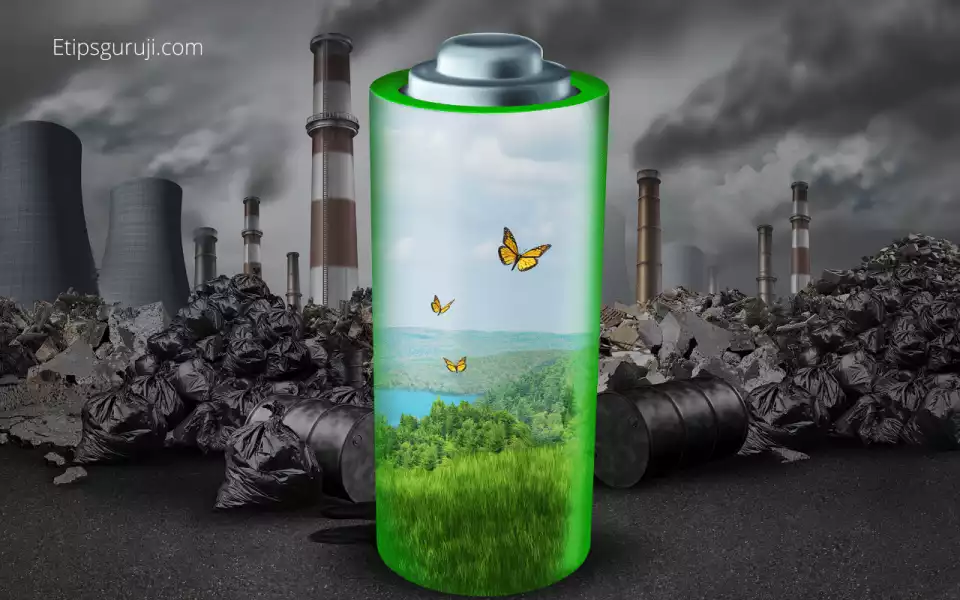
Safety is always in concern not in terms of toxicity that I stated earlier but because of unstable charge formation that rests inside them. If they are exposed or catch fire, it is nearly impossible to stop the combustion. Additionally, when exposed lead, they can cause toxic and allergic reactions.
Lithium iron batteries, on the other hand, are not dangerous. These are easily discarded and even exposed or damaged, they will not burst into flames. They are also stable to heat and chemical stability. So, you can say that they are naturally incombustible.
Read More:
